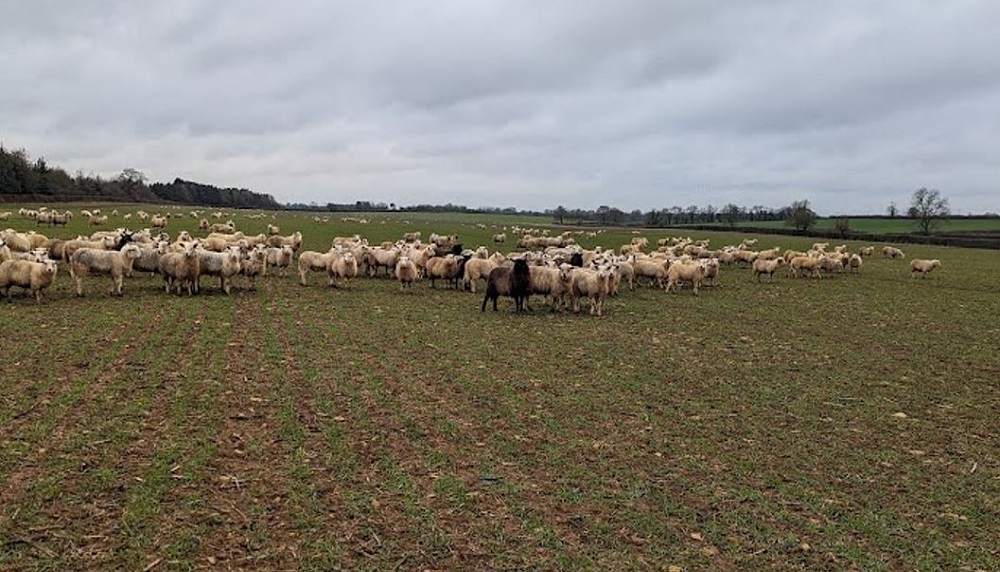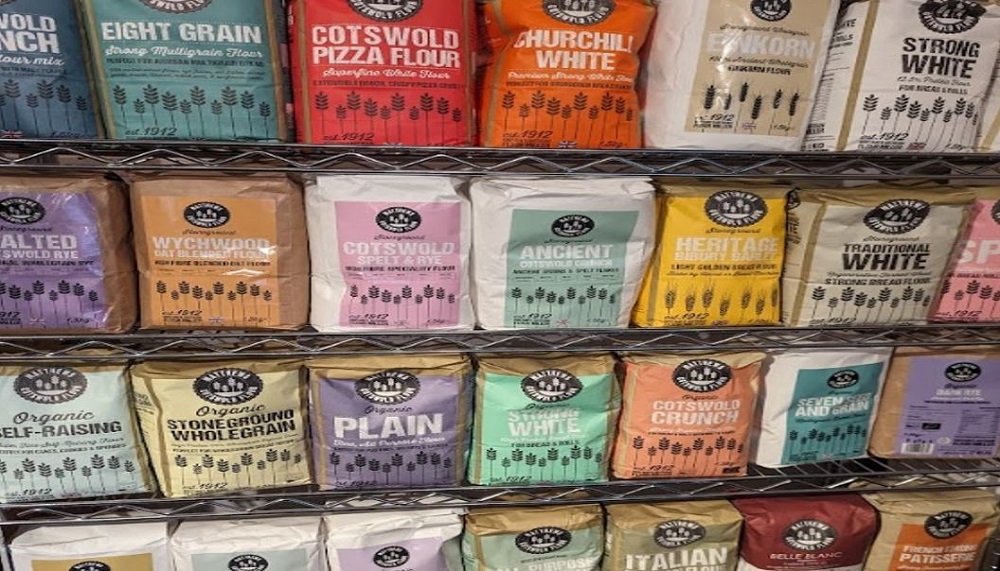The regenerative arable journey with savings and premiums
Tuesday, 13 February 2024
A farming group from the Isle of Wight discovered how a Costwold arable farmer makes regenerative farming pay. Laura James, a senior knowledge transfer manager at AHDB, reveals how he does it.
In February, a group of farmers from the Isle of Wight (and Oxfordshire) visited the Cotswolds to see first-hand how regenerative agriculture can pay.
The tour formed part of a wider collaboration between AHDB (David Hunter) and the Wight Rural Hub (Robyn Munt).
Regenerative journey
Ed Horton spoke at a Wight Rural Hub meeting in 2023, which inspired the group to head to his farm (Poulton Fields Farm) to learn more about his regenerative journey.
The farm is a diverse, mixed-farming operation that manages 3,500 ha across four counties (Gloucestershire, Wiltshire, Oxfordshire and Hampshire).
Diversity is a keyword. He grows a mind-numbing 18 combinable crops on the family farm near Cirencester. If that wasn’t enough, he also has a joint-venture sheep flock with his neighbour Howard.
Ed admits that he hasn’t made life easy for himself, especially with the added pressure of proving to his father that regenerative approaches can work economically at scale.
With a large acreage, integrating livestock in the rotation helps Ed to drive down sizeable input costs and greatly reduce machinery and operational costs associated with those inputs – it’s a win-win for the bank balance and soil health.
The sheep are grazed on all the farm’s cereals and oilseed rape. This helps manage crop diseases and acts as a home-grown growth regulator, all lowering the farm’s chemical dependence. In fact, Ed no longer uses insecticides. The farm’s pre-emergence herbicides have also been massively reduced, thanks to camera-guided, inter-row hoes.
The regenerative approach also contributes to the farm’s mission to boost biodiversity. Ed also has 15% of the farmland down to bird-seed mixes and wildflowers. He believes it is important to integrate and connect habitats and provide food sources across the farm to support biodiversity and beneficials.
Grazing winter wheat
We visited Ed’s 44-acre field that has been direct drilled for nine years. In autumn 2023, Crusoe winter wheat was direct drilled into rape stubble. At the time of our visit (7 February), the crop was being grazed by 600 homebred store lambs.
They use ‘hard-and-fast grazing’ to ensure diseased leaves are eaten but new leaves have time to grow. Howard says there are about 70 grazing days an acre in this field. The lambs stay for just 5.5 days before being moved on (to prevent overgrazing). The main grazing period commences at the start of February and extends to 10 March on the winter cereals (when slurry spreading starts).
However, even before the crop emerged, the land was mob-grazed to remove oilseed rape volunteers. The approach also supports slug control, which includes the encouragement of slug-predating rooks.
Grazing has benefited the system in many ways. For example, the herbivory shocks plants into producing a better, deeper root structure. Ed says he has measured a 15–18% increase in post-grazing root structure.
Ed also has a muck-for-straw agreement with the dairy farm over the hill. His soil organic matter levels are now about 8%.
Thorough grazing helps to reduce disease loads and broadleaved weeds, including the removal of bean volunteers. However, grazing can encourage grass weeds to tiller harder. As always, it is not a one-size-fits-all approach, with the strategy followed needing to match the needs of the land. Grazing also allows Ed to extend his inter-row hoeing window without knock-on delays to crop growth and harvest.
Ed and Howard are constantly communicating, learning and improving their working relationship. According to Howard, it involves a healthy amount of give and take. He says it can shock arable farmers when they see the grazed crop. However, it is cosmetic damage, and crops recover quickly. Howard sees a comparable growth rate for the sheep on winter wheat versus turnips.
It has not been an overnight success, but Ed says his journey is not a sprint. He believes you can't be evangelical. It is not all or nothing. It’s about knowing and walking the land, understanding the context and designing the approach to fit the niche.
The second stop was at FarmEd for discussion and a delicious lunch. FarmEd is based at Honeydale Farm, a diverse 107-acre mixed farm in the Cotswolds. It is a not-for-profit food and education centre, set up by Ian Wilkinson, that brings everyone together – community, farmers, growers, advisers, foodies, policy makers, students and researchers – to talk about the future of agriculture.
 Wight Rural Hub (Robyn Munt)
Wight Rural Hub (Robyn Munt)
 AHDB
AHDB
Matthews Cotswold Flour mill
Ed supplies Matthews Cotswolds Flour mill, an eighth-generation family mill in Shipton-under-Wychwood (established in 1912).
Operations Manager Mark Riley and Head Miller Jordan Mills led a tour of its operation to show the group how grain, from farms like Ed’s, ends up in bags of artisan flour, which include a ‘first-of-its-kind’ product: Cotswold Regenerative All-Purpose Flour.
Just like Ed’s business, diversity rules. It has the largest flour range available in the UK. The company specialises in niche-market crops. Some flours burst with eight grain types: wheat, rye flakes, oat flakes, malted wheat, maize grits, linseed, sunflower seed and millet seed.
Their first ‘regenerative flour’ has just launched in Tesco. It is an interesting concept. Farmers are certified by the mill and paid a premium price. It is not prescriptive (in terms of auditing and criteria) but goal-orientated. This supports the flexible approach needed to make regen work, while still meeting key commercial milling specifications.
 AHDB
AHDB
Topics:
Sectors:
Tags:


